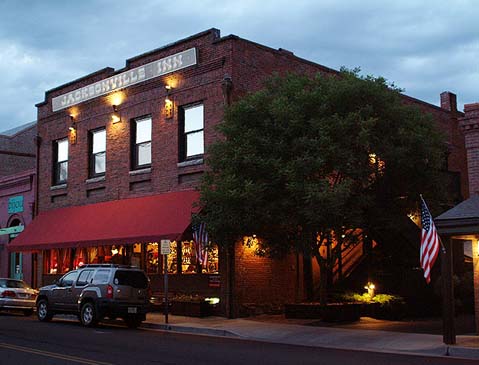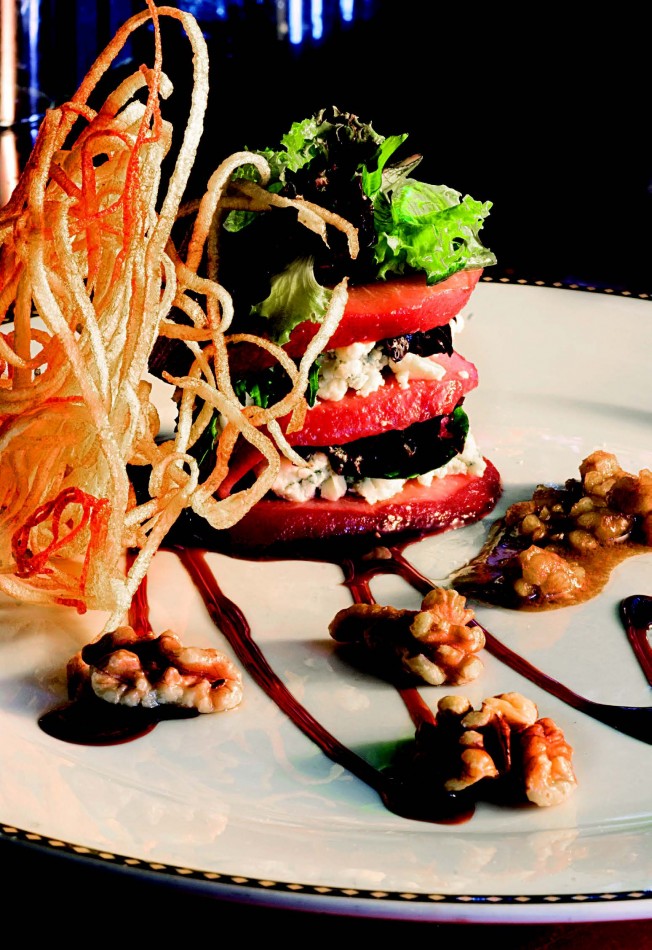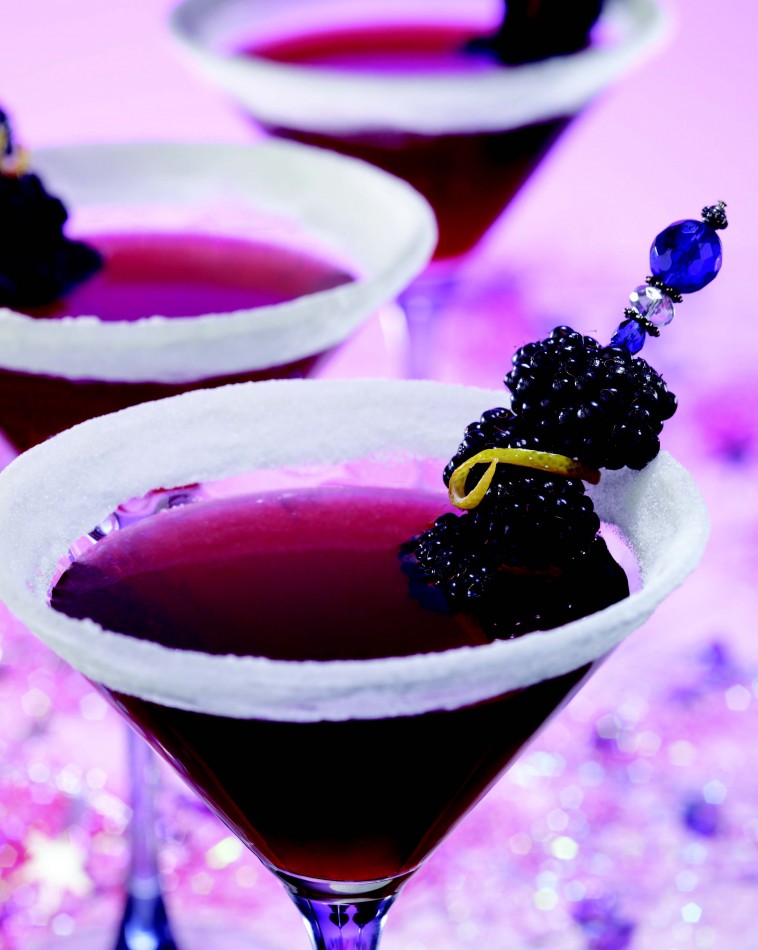written and photographed by Andy Batt
Casey Lee Gipson was raised in Northern California by parents who weren’t exactly foodies but began supporting his culinary ambition at a young age. An ’03 graduate of the California Culinary Academy in San Francisco, Gipson worked for a series of talented chefs in California, Alaska and Hawaii before settling in Portland. Gipson works as the executive chef for the restaurant group Something Grimmer, owned by Aaron and Jessica Grimmer. He heads the company’s food programs at High Noon, CHKCHK, The Picnic House and Barlow.
What do you create?
My goal with every menu creation at each of our restaurants is to create an experience that impacts every guest individually. Recently, I’ve really been exploring the concept of nostalgia and the role it plays in food and drink. I want each dish to connect a guest to an emotion or moment from their past. So, I guess, as cliché as it might sound, I create experiences.
What’s the most unlikely place you’ve found inspiration?
I’m frequently inspired by popular or “low-brow” food items. There’s a particular challenge in taking a familiar or common pop food item and infusing it with a fresh approach. My background is in classic French technique and haute cuisine, but as I’ve gotten older I’ve really come to appreciate the power of nostalgia in traditional comfort foods. The inspiration for our recently-released spring menu at The Picnic House was rooted in folksy, popular dishes from the past fifty years. We kind of went for a “Norman Rockwell on a plate” type of thing.
What do you do when you’re feeling creatively blocked?
I usually try to get outside of the food realm for a little while. I’ll paint, read fashion blogs, watch movies, or, when that fails, I indulge in the occasional herbal remedy.
How has your creative process changed over time?
When I was younger, I would try to take everything on myself on the creative end of things. But the longer I’ve worked in this industry, the more I’ve come to learn how important it is to surround yourself with, and rely on, other driven, talented creatives. Consistent collaboration helps me to refine and restructure my process in ways that I could never do on my own.
What’s the difference between a mature idea and brand new one?
Work. That’s really the only difference. You have to constantly rework, refine, restructure, and sometimes even restart. At the end of the process, you might often have a more mature idea, but a concept that is completely different than you initially envisioned.
Does food tell us the story of the ingredients, the cook, or the person who eats it?
I like to think that the cook can elicit a response in the person who eats through preparation and choice of ingredients. It all mixes together at different points, but when I cook food, I’m trying to elicit some sort of emotion or feeling in the person partaking in the meal.
What kinds of stories do you tell with your food?
I’ve already harped on this a bit, but I really like infusing people’s dining experiences with a good bit of playful nostalgia.
Does food always tell a cultural story?
Absolutely. Food is at the core of every society, and there’s no way to disentangle food and culture. I think some people are more intentional with the way they tell that story, but whether you intend to or not, you’re telling a story with the choices you make when it comes to creating and consuming food.
What’s happening in food that we should be paying attention to?
The fast-casual movement. The popular move away from haute cuisine and fast food. People are really seeking to find affordable, approachable, responsibly-sourced food in a new and exciting food.
How do you get better at what you do?
By surrounding myself with talented, driven people. It really means everything to me, both on the creative and personal side of things.
Quick Answers
Q: Best desert island companion: Sriracha or Frank’s Red Hot?
A: Sriracha.
Q: Worst Vegetable Ever: Celery or Lima Beans?
A: Celery
Q: Ferrari Testarossa in LA traffic or a Rusty Honda on the open highway?
A: Rusty Honda. For sure.








